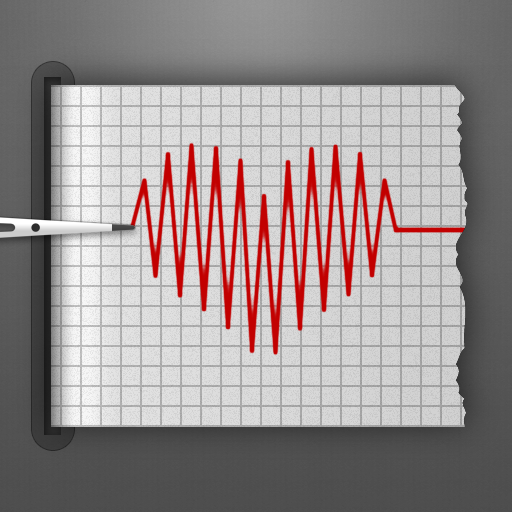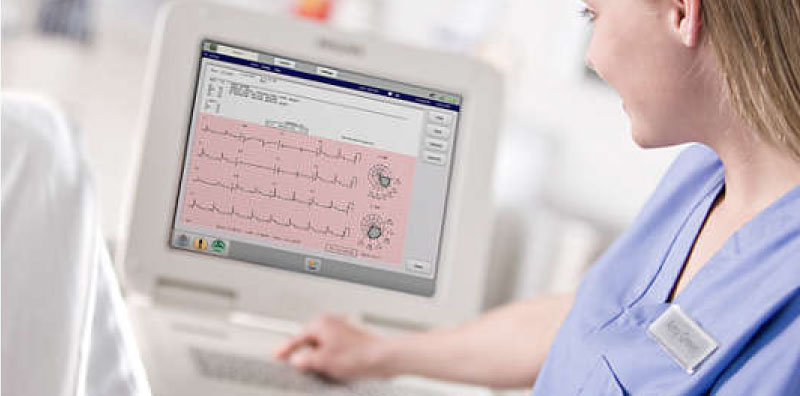
If the ECG shows a serious abnormality, or there is more information that is needed, other investigations which are more interventional may be indicated, for example an echocardiogram (an ultrasound examination of the heart). Depolarisation indicates that a wave of electricity has just passed through an area of the heart such as the ventricles of atria, causing them to contract.Īfter the ECG recording is made, the leads will be removed from your body and the doctor present will attempt to make a diagnosis on the basis of what was found. The image also highlights the electrical activity in the heart at the time, that causes the distinctive wave.
#PICS OF A CARDIOGRAPH SERIES#
An ECG readout will look like a series of ‘waveforms’, a single one of which is shown below. The heart rate, the timings of the intervals (as seen in the diagram below), the height of the recording as well as the leads in which the abnormalities are present all help to make a diagnosis. By counting these boxes horizontally, the doctor is able to discern the heart rate as well as the timings of the different parts of the ECG. Each box represents a specific time interval since the ECG always records at a particular velocity. Usually the ECG is recorded on special graph paper that is divided into 1-mm 2 boxes.

There are 12 such leads in a regular 12 lead ECG, each of which analyse a different plane of the heart and are therefore useful in diagnosing different conditions and localising disease. Depending what ‘lead’ (the vector formed between the different electrodes) you are looking at the ECG appears different.
#PICS OF A CARDIOGRAPH SKIN#
The nurse should then clean your skin with a sterile wipe prior to placing the electrodes in placeĪfter the preparations that take place before an ECG is performed, various electrodes with a plastic head and an adhesive gel are placed at strategically located points on your body.Make sure that your chest is exposed as well as your arms and legs.Rest your arms by your side with your legs flat, making sure that your legs aren’t touching one another.First reassure yourself that there is no danger or pain involved in performing the procedure and try to relax breathing steadily.The findings of the ECG can also have an effect on treatment of certain conditions, for example it is helpful in deciding some aspects of treatment in people who have suffered from a heart attack. It is a routine investigation in people who complain of symptoms such as chest pain as well as breathlessness. The ECG is an essential tool for health professionals in making a diagnosis of abnormal heart rhythms when one is suspected. The ECG is used to investigate suspected problems with the electrical conduction system of the heart as well as some other abnormalities such as metabolic disturbances (e.g. It is the most common investigation of the heart performed by physicians and is extremely useful.

The ECG is a graphical recording of the hearts electrical activity during each of its cycles.



 0 kommentar(er)
0 kommentar(er)
